Mānuka Honey and Mānuka Essential Oil
We get asked all the time, "What's the difference between Mānuka honey and Mānuka Oil?", as well as "Does the oil come from the honey?"
The quick answer is no, Mānuka oil is extracted from the leaves of the plant while Mānuka honey is, of course, produced by very helpful bees. The full explanation is much longer, but also much more interesting.
Read on to learn more...
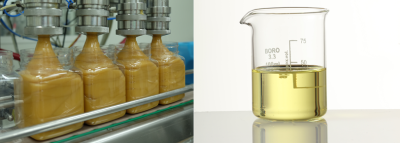
New Zealand is known for Mānuka. This native shrub-like plant is commonly called "tea tree" by Kiwis, but it's not to be confused with the Australian Tea Tree (Melaleuca alternifolia); it's appearance and aroma are very different.
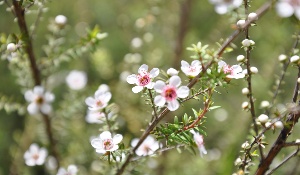 It is from the Mānuka plant that we get both Mānuka Honey and Mānuka Essential Oil. Botanically speaking, Mānuka's Latin binomial is Leptospermum scoparium. "Lepto" means narrow, while "spermum" means seed. The term scoparium means "like broom", which relates to this plant's similarity to common Northern Hemisphere genera including Genista and Cytisus, although not related whatsoever.
It is from the Mānuka plant that we get both Mānuka Honey and Mānuka Essential Oil. Botanically speaking, Mānuka's Latin binomial is Leptospermum scoparium. "Lepto" means narrow, while "spermum" means seed. The term scoparium means "like broom", which relates to this plant's similarity to common Northern Hemisphere genera including Genista and Cytisus, although not related whatsoever.
Until recently, nearly all Mānuka Oil was wild harvested, a very manual process, from hillsides across the "East Cape" region of New Zealand. With the popularity of this essential oil growing, our farming partners recognized the need to develop plantations in a similar manner to how we developed our Australian Tea Tree from wild harvest to plantation methods.
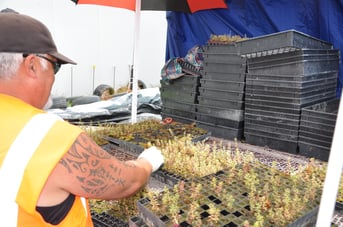 Over the last two years, over 3,500,000 Mānuka seedlings have been planted in rows by indigenous Māori landowners on the valley floors across the region.
Over the last two years, over 3,500,000 Mānuka seedlings have been planted in rows by indigenous Māori landowners on the valley floors across the region.
These seedlings have also been hand planted by these Māori team members up the hills; and with these plantings the beekeeping activities have increased as well. This symbiotic agricultural practice is now yielding two unique products, Mānuka Honey and Mānuka Essential Oil, both with amazing therapeutic potential.
The following table provides further differentiation of these two natural gifts from New Zealand.
Mānuka Oil |
Mānuka Honey |
| Active compound: Triketones (Flavesone, iso-Leptospermone, Leptospermone, Grandiflorone, | Active compound: Methylglyoxal (MGO) |
|
Steam distilled from the leaf |
Produced by bees producing nectar from Mānuka flowers |
|
Only certain regions in NZ produce high triketone Mānuka Oil |
Mānuka grows wild on undeveloped land and forest areas throughout New Zealand (and Southeastern Australia) |
|
One of the highest anti-bacterial essential oils in the world |
Indigenous Māori people of New Zealand use Mānuka as a traditional medicinal plant |
|
Ideal for skin care and oral hygiene |
Honey bees are not native to New Zealand and were introduced from Europe in 1839 |
|
Particularly effective against gram positive bacteria, including Staphylococcus and Streptococcus bacteria |
>3000 commercial beekeepers, >480,000 beehives, producing 5,100 tonnes of Mānuka Honey each year in New Zealand |
To learn more about Down Under's 100% Pure Mānuka Essential Oil and download information, including a sample Certificate of Analysis, GC-FID profile and more, visit our Mānuka Product Page.

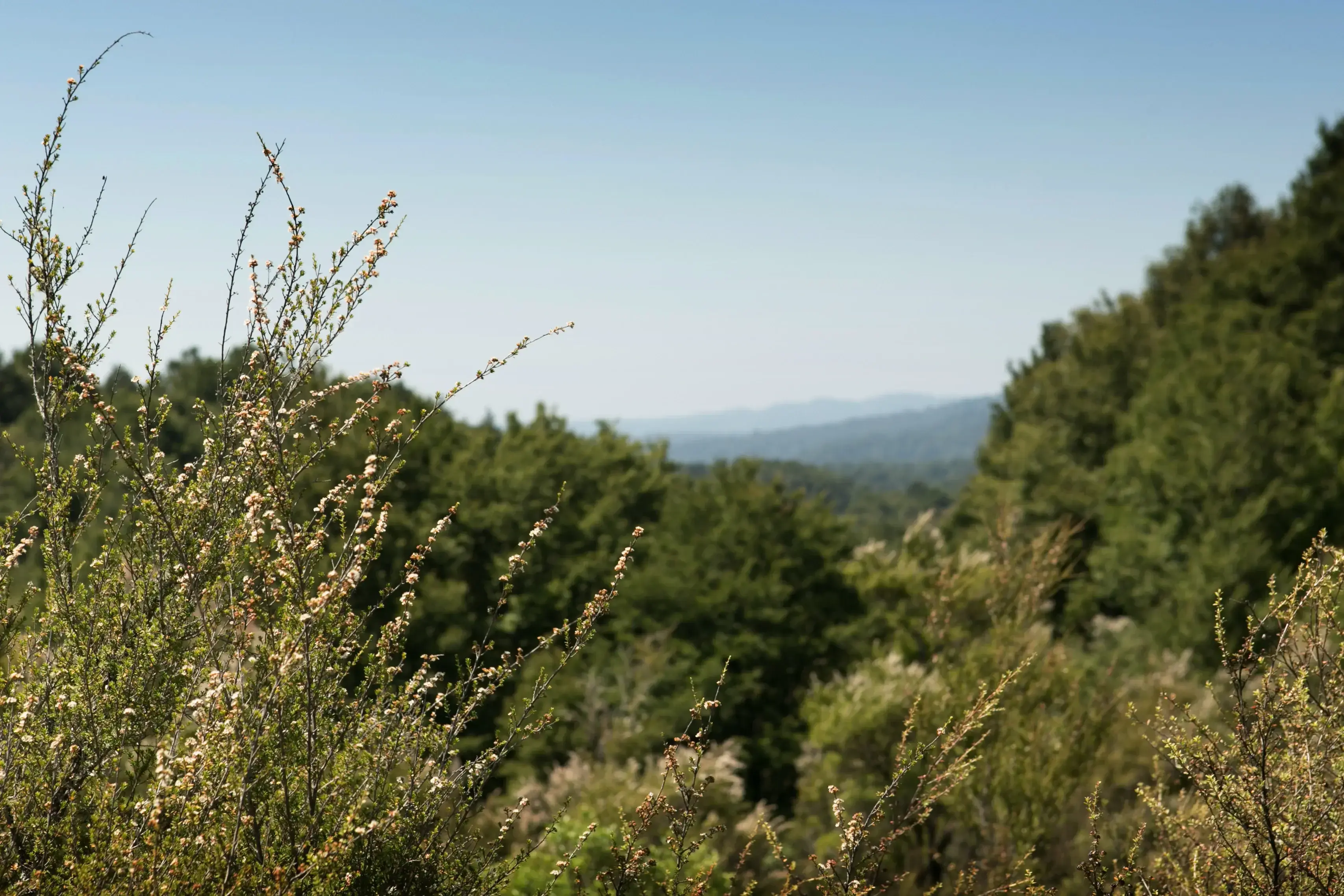
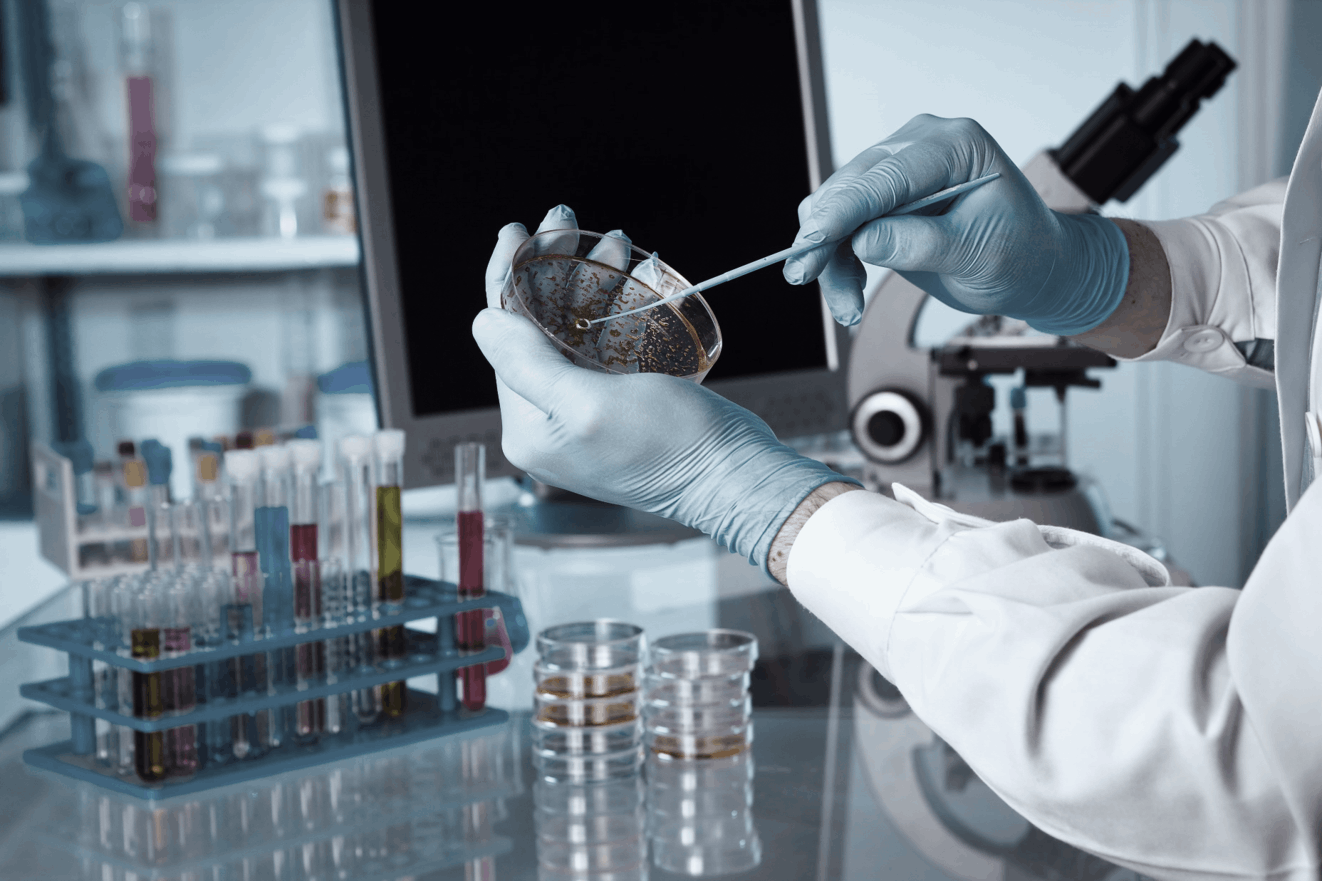
1 Comment